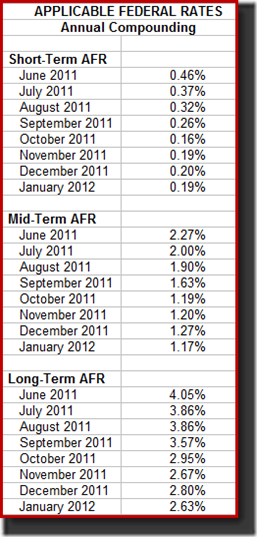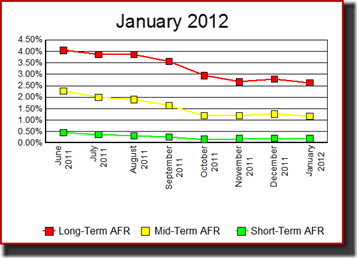The IRS issued a levy to US Airways in regard to the tax liability of an employee. US Airways garnished the wages of the employee and paid them over to the IRS.
The employee was not pleased, and sued US Airways, claiming it should not have complied with the levy. Two reasons were provided. The first was that US Airways failed to ensure the levy was valid. The second was that the employee had indicated on his W-4 that his wages were exempt, and thus should not have been subject to garnishment.
The District Court threw out the lawsuit. Code §6332(e) provides protection to persons satisfying an IRS levy. It reads:
Any person in possession of (or obligated with respect to) property or rights to property subject to levy upon which a levy has been made who, upon demand by the Secretary, surrenders such property or rights to property (or discharges such obligation) to the Secretary (or who pays a liability under subsection (d)(1) ) shall be discharged from any obligation or liability to the delinquent taxpayer and any other person with respect to such property or rights to property arising from such surrender or payment.
Valid or not, the employer had no responsibility for challenging the levy, and indeed had no standing to do so even if it wanted to. The fact that the employee’s wages were characterized on the W-4 as “exempt” did not change the employer’s obligation to comply with the IRS’ levy.
All this makes perfect sense from a policy standpoint. If property holders can contest levies they receive relating to property they hold of a taxpayer, collection by the IRS would be impaired by persons without a direct interest in the subject property. That being said, a grant of immunity to the party receiving the levy for complying with a levy that they have no ability to contest is both necessary and proper.
Gust v. US Airways, 108 AFTR 2d ¶2011-5603 (DC NC 12/16/2011)





